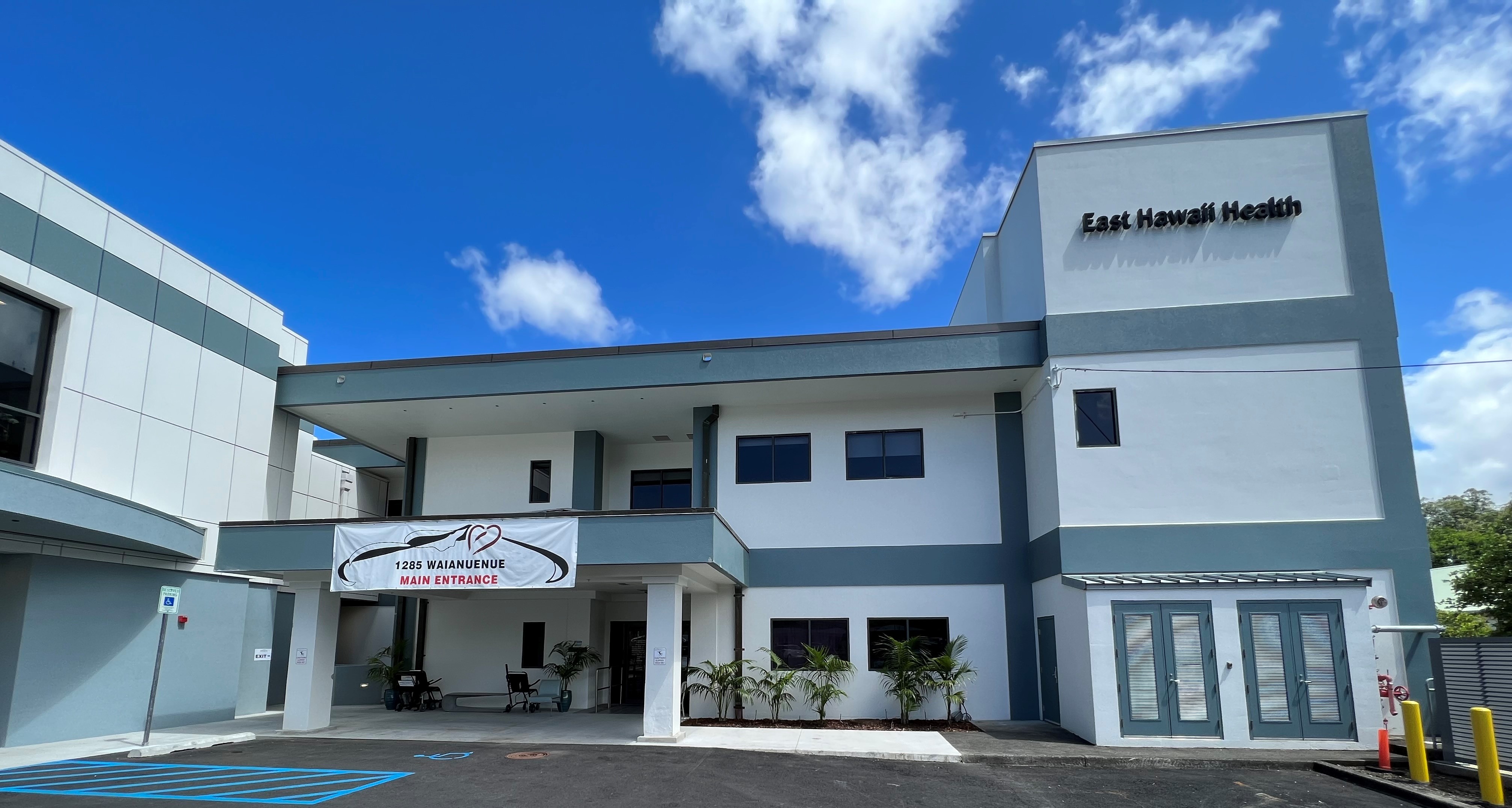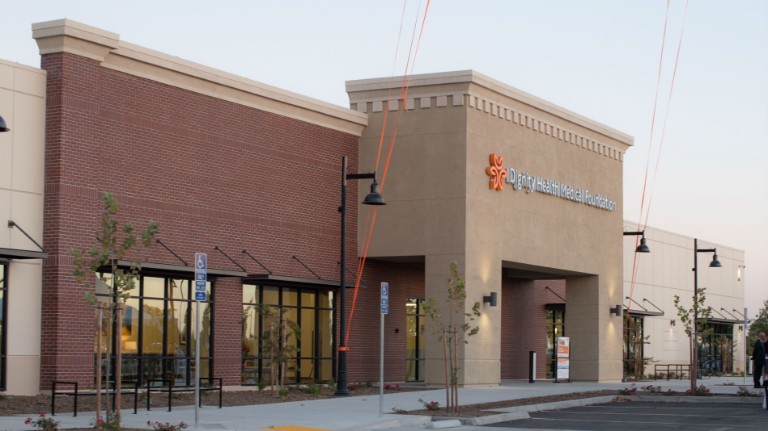The Ultimate Guide to Understanding Urgent Care Clinics
The Ultimate Guide to Understanding Urgent Care Clinics
Blog Article
Understanding the Function of Urgent Care in Providing Timely Treatment for Non-Life-Threatening Conditions
Immediate care facilities have arised as a crucial component of the medical care landscape, attending to the immediate demands of clients with non-life-threatening problems. Comprehending the nuances of immediate care might considerably influence client end results and the overall performance of healthcare distribution.
What Is Urgent Care?
Urgent treatment refers to a classification of medical services made to deal with non-life-threatening problems that call for instant attention. These facilities work as an intermediary between health care doctors and emergency clinic, offering a practical alternative for patients who require punctual treatment without the comprehensive waiting times generally connected with emergency situation divisions.
Urgent care centers are normally staffed by physician, including doctors, registered nurse experts, and physician assistants, who are trained to identify and deal with a wide range of conditions. Typical solutions provided by these centers include treatment for small injuries, illnesses, and infections, as well as diagnostic tests such as X-rays and lab work.
The accessibility of immediate treatment is a crucial variable in its charm, as numerous facilities operate beyond regular workplace hours, consisting of weekends and nights. This extensive schedule enables individuals to receive timely care when their health care company may not come. Additionally, immediate care centers usually approve walk-in clients, eliminating the demand for consultations. Generally, urgent treatment plays an essential duty in the health care system, guaranteeing individuals can access essential clinical services promptly and effectively.

When to seek care at an immediate care center rather of a main treatment medical professional or an emergency area,Several individuals might discover themselves uncertain concerning. Urgent treatment is created to deal with non-life-threatening conditions that require timely attention yet are not severe adequate to require an emergency room see.
Typically, one need to think about immediate care for concerns such as minor fractures, strains, cuts requiring stitches, or infections like urinary system system infections. Additionally, chilly or influenza signs, rashes, and allergies can also be properly taken care of in this setting.
It is essential to keep in mind that urgent treatment is not ideal for dangerous emergency situations, such as chest pain, trouble breathing, or serious blood loss, which demand immediate emergency clinic intervention.
People who lack accessibility to a key treatment physician or can not secure a prompt appointment might likewise gain from urgent treatment solutions. Inevitably, comprehending when to make use of immediate care can bring about more efficient healthcare shipment, allowing people to get the suitable degree of care based upon their specific health and wellness needs.
Advantages of Urgent Care Centers
Choosing urgent treatment facilities for non-life-threatening conditions supplies several benefits that improve individual experience and access. One main benefit is the reduced delay times contrasted to conventional emergency clinic. Urgent care centers normally operate a first-come, first-served basis, enabling individuals to get timely clinical focus without the lengthy delays typically related to hospital setups.
In addition, immediate care centers give extended hours, consisting of nights and weekend breaks, suiting people with differing timetables. This flexibility makes certain that individuals can look for treatment when it is most convenient for them, even more promoting timely treatment.

Additionally, these facilities frequently provide an extensive range of solutions, including small procedures and analysis tests, all under one roofing. This loan consolidation of services not just simplifies the person experience however also fosters an extra cohesive method to taking care why not find out more of non-life-threatening health and wellness concerns, inevitably benefiting general client outcomes.
Common Problems Dealt With
At immediate care centers, a range of non-life-threatening conditions can be successfully dealt with, giving individuals with available and timely clinical support. These centers are specifically adept at attending to concerns that call for punctual focus but do not position an immediate risk to life or arm or leg.
Common problems treated at immediate care centers consist of small injuries such as pressures, fractures, and strains. Immediate treatment facilities are furnished to do needed analysis tests, such as X-rays and research laboratory tests, allowing them to give comprehensive treatment.
Furthermore, urgent treatment providers can carry out inoculations, helping to avoid the spread of transmittable illness - Urgent Care. They also supply solutions for small treatments, such as suturing injuries or draining abscesses. By supplying these diverse services, immediate treatment facilities play an important function in bridging my company the gap in between main treatment and emergency solutions, making sure individuals get timely treatment for a variety of conditions without the need for long haul times commonly connected with emergency areas
Exactly How Urgent Treatment Supports Medical Care System
Immediate care centers play a vital role in supporting the total health care system by reducing the burden on emergency departments and supplying prompt accessibility to healthcare for non-life-threatening problems. By taking care of cases such as minor injuries, infections, and illnesses, immediate treatment facilities permit emergency situation divisions to focus on even more crucial patients needing prompt interest.
Furthermore, immediate treatment centers boost medical care ease of access, providing extended hours and an easier option to traditional medical care setups. This accessibility is especially useful for patients who may not have a regular medical professional or who need instant therapy outside of normal office hours. Because of this, immediate care facilities successfully lower enhance and wait times person fulfillment.
Additionally, immediate care centers add to cost savings for both people and the health care system by supplying lower-cost services contrasted to emergency divisions. This economic effectiveness is vital in an era of rising medical care prices, enabling patients to receive needed care without sustaining expensive expenditures.
Final Thought
In conclusion, immediate care centers play an important role in the medical care system by supplying prompt therapy for non-life-threatening problems. By connecting the gap in between main care and emergency clinic, these facilities ensure that individuals receive timely clinical interest without the lengthy wait times commonly related to emergency departments. The availability and effectiveness of urgent care facilities contribute dramatically to alleviating the overall concern on healthcare sources, see it here boosting client outcomes, and advertising an extra reliable healthcare delivery system.
Urgent treatment centers have actually arised as an important element of the healthcare landscape, attending to the immediate demands of patients with non-life-threatening conditions. Urgent care visits normally sustain lower out-of-pocket costs compared to emergency situation department sees, making care a lot more affordable for clients without jeopardizing top quality. Immediate care facilities are outfitted to execute needed analysis examinations, such as X-rays and laboratory examinations, enabling them to supply extensive care.
By offering these diverse services, immediate treatment centers play a crucial duty in bridging the gap between main treatment and emergency services, making certain people get prompt therapy for a vast array of conditions without the demand for lengthy delay times commonly associated with emergency situation spaces.
Additionally, immediate treatment centers improve healthcare availability, supplying prolonged hours and an extra convenient option to typical key treatment settings.
Report this page